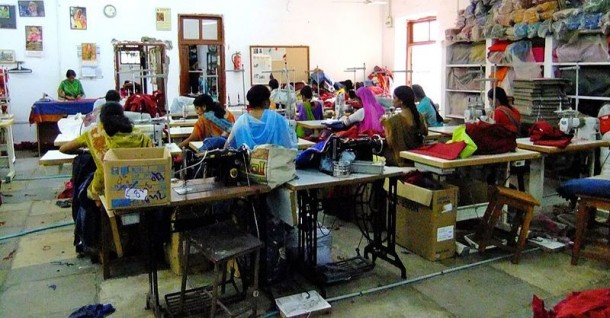MUMBAI, India—India’s economic growth slowed to 5.3 percent in the January-March quarter, the lowest in nine years, as the malaise in manufacturing and other sectors spread to ordinary Indians, who trimmed spending.
The data released by the government on Thursday were far worse than expected and show that India’s slowdown is worse today than it was during the global financial crisis. Growth for the fiscal year through March was 6.5 percent—less than the Reserve Bank of India’s forecast of 7.0 percent.
Not so long ago, Indian politicians claimed their economy could rival China’s and surge into double-digit growth, lifting hundreds of millions out of dire poverty in the process.
Instead, India is mired in a deepening crisis of confidence. Asia’s third-largest economy is widely regarded as performing below its potential, but hopes have dimmed that the fractious ruling coalition will be able to push through tough measures that could unlock a rebound.
Thursday’s data suggest that Indian consumers, hit by stubborn inflation and a gloomy global outlook, have fallen prey to the malaise.
“It’s beyond anything that we would have imagined,” said Samiran Chakraborty, head of research at Standard Chartered in Mumbai. “It looks to me that the consumption side of the story is now faltering.”
Chakraborty blames inflation, which has averaged 9.2 percent since the beginning of 2010.
“Real wages are falling,” he said. “The consumption slowdown along with the investment slowdown has been a double whammy for the GDP number.”
Inordinate delays in project approvals, energy supply, labor and land issues, and policy decisions that have frightened foreign investors have all weakened investment. India’s rising deficits and plunging currency—the rupee tumbled to a new lifetime low against the dollar on Thursday—haven’t helped either.
India’s combined fiscal deficit has more than doubled from 4.1 percent of GDP in fiscal year 2008 to around nine percent now and the current account deficit is about four percent of GDP, prompting Standard & Poor’s to threaten a sovereign downgrade.
Manufacturing, a key source of jobs, fell 0.3 percent in the March quarter from a year earlier.
“India’s growth story has clearly derated,” said Citigroup economist Rohini Malkani, before the data came out. “A lot of it has been self-inflicted.”
“There’s no easy way out,” Malkani said. “India clearly needs a fair amount of luck in terms of oil prices and capital flows.”
The Reserve Bank of India and the International Monetary Fund, among others, have been urging the government to enact long-promised reforms that would kickstart growth and stimulate investment.
A nationwide strike Thursday, organized by opposition political parties to protest a recent hike in gasoline prices underlined the difficulty of economic reform.
Economists had cheered the hike as a step toward controlling India’s fiscal deficit. The 11 percent increase was the steepest rise in a decade.
Opposition parties, however, are demanding that the government roll back the increase to check inflation, dimming hopes that New Delhi will be able to trim other subsidies, such as diesel, which would do far more to balance the budget.
In the financial capital Mumbai, residents, especially in the working-class suburbs, stayed home, afraid of violence. Many shops were shuttered. Mobs attacked public buses, throwing stones, smashing windscreens and puncturing their tires.
Trains, the lifeblood of the city, were unusually empty and Mumbai’s normally gridlocked roads were eerily clear during morning rush hour.
















